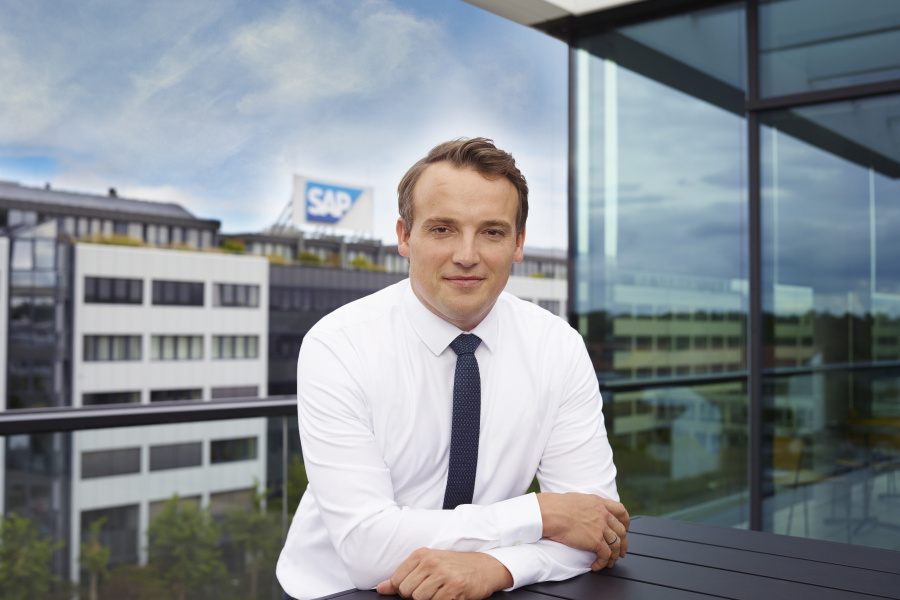Think Outside the Traditional SAP Box
One of the biggest trends in enterprise big data is the move from traditional to non-traditional use cases. Two of SAP’s more prominent use cases for SAP HANA illustrate this trend: diagnosing and treating cancer, and improving the training of professional athletes. The reasons for this shift are many, and the results so far are generally good for SAP and good for society as a whole. But these use cases also illustrate the complex dynamic behind SAP’s growing urgency to sell more of its next-generation software in the face of a somewhat lackluster interest in what should be the flagship of the SAP HANA fleet: SAP S/4HANA.
The issue isn’t whether SAP S/4HANA or the SAP HANA database will succeed or not: The big bet that SAP has made on SAP S/4HANA is destined to pay off eventually. But, like all transitional products and technologies, the uptake of these two products isn’t happening at the pace that SAP would like. Most existing customers are moving slowly and carefully toward the cloud and SAP S/4HANA, as they should.
The Wall Street Paradox
But the reality of user demand conflicts with the skewed reality of the public markets: SAP’s transitions to new offerings, like SAP HANA Cloud Platform, SAP S/4HANA, and SAP’s growing portfolio of cloud assets, are being closely watched by Wall Street for any signs that SAP’s sales execution is faltering — or at least failing to meet Wall Street’s generally unrealistic expectations.
Explore related questions
That’s a shame because Wall Street’s impatience for new sales and hockey-stick cloud growth isn’t exactly healthy for SAP customers. Too much focus on fixing SAP’s Wall Street paradox — grow like a cloud company, be profitable like an on-premise company — means too much emphasis on selling what’s needed to make the quarter’s numbers instead of selling what’s needed to make the customer successful.
The problem is as old as the enterprise software market: Too much change at too rapid of a pace tends to generate resistance, even if, ultimately, resistance will prove to be futile. The larger an SAP customer’s footprint is, the bigger the tendency to move forward carefully, thoughtfully, and cost effectively. This is why many SAP customers, even with the prospect of an Uber-like disruption looming over their heads, are still cautious about jumping headfirst into the SAP HANA and cloud worlds. This, of course, isn’t the case for greenfield opportunities, and there’s every indication that when SAP encounters a company that is starting fresh — whether that’s because it’s been spun off from a larger entity or because it’s finally outgrown some mid-market solution — SAP S/4HANA, the SAP HANA database, SAP HANA Cloud Platform, and the cloud are relatively easy to sell.
Big Wins in New Markets
This brings us to the issue of new markets like sports medicine and cancer diagnosis and treatment. For SAP, these new markets are a win/win/win opportunity. The first win is that these are effectively greenfield opportunities — sports and oncology don’t have big ERP or data warehouse legacies or an SAP old-guard leftover from the R/2 days to worry about making too dramatic a leap forward. The second win is that both markets have massive quantities of data, whether it’s from sequencing genomes and analyzing medical records or from tracking the terabytes of data generated from sensors on players on the practice field and during a game. These massive quantities of data and the analytics that need to be created crave the kind of throughput and analysis that the cloud and SAP HANA were born to provide.
But like a deer caught in the headlights, the bright light of innovation has rooted some SAP customers to the spot, unable to make a move.
The third win is, of course, the visibility that sports and oncology can generate for SAP’s next-generation solutions. SAP and its technology can make a huge difference in these markets, and the results are relatively easy to quantify. And both are multi-billion-dollar businesses that generate a whole lot more buzz than the prospect of better supply chain optimization or split-second material requirements planning (MRP) runs. Oncology, in particular, has the added benefit of fitting into SAP’s corporate social responsibility (CSR) mandate, allowing that do good/feel good side of CSR to be manifested in a way that obviates any suspicion that SAP is only in it for the crass commercialism. (Not so for sports, I’m afraid to say. It’s crass commercialism all the way, albeit one that most of us love and cherish enough to ignore the money side of moneyball.)
Beyond Sports and Oncology Use Cases
What’s clear, and unassailable, is that SAP is hoping that highlighting how SAP HANA and SAP HANA Cloud Platform can support new, previously unachievable levels of personalized medicine or on-field achievement will illuminate a lot of lightbulbs in the heads of traditional business executives. These are the same executives who are sitting in the SAP camp looking at SAP S/4HANA, the SAP HANA database, SAP HANA Cloud Platform, and the cloud in general and wondering what they could do with that much firepower at their disposal. Could they maybe do something like personalized medicine — sort of a personalized customer experience? How about collecting lots of real-time sensor data and using it to enhance the performance of some key products and services? If publicizing its wins in sports performance and oncology can get these juices flowing, then everyone wins.
The fact that both the sports and oncology use cases are about marrying older sources of data (game statistics for sports, medical records for medicine) with newer sources of data (sensors on players and medical devices, for example, or fully sequenced genomes) fits perfectly with SAP’s plans. Indeed, this is exactly the kind of thinking SAP needs to persuade its customer base to make the perceptual leap from old-guard, on-premise, ERP systems to in-memory, cloudbased, SAP S/4HANA, the SAP HANA database, and SAP HANA Cloud Platform. Watching a favorite sport and seeing big data in action, or looking at a diagnosis and treatment plan for a loved one that takes into account the patient’s specific genetics and microbiology, is bound to shake out some use cases in more traditional industries.
Will this emphasis on hot, new markets work? I firmly believe so. My many conversations with SAP customers about SAP S/4HANA, the SAP HANA database, SAP HANA Cloud Platform, and the cloud most often center around the issue of what can be done that’s new, different, and important. Many, but not all, SAP customers see disruption looming on the horizon and are ready to act. But like a deer caught in the headlights, the bright light of innovation has rooted some of them to the spot, unable to make a move. These two use cases, and many others to come, can showcase how to think outside of the traditional SAP box, get out from the headlights’ glare, and do something new, different, and exciting that will also, potentially, have a recognizable value sooner rather than later. And those epiphanies will be good for all.









